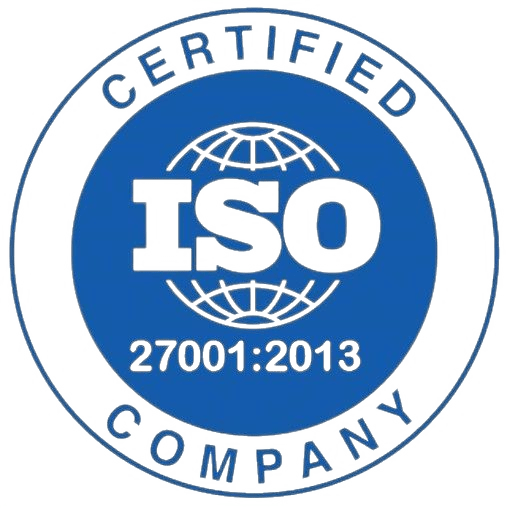Meet us at

on 3rd & 4th October








For ad-led companies, the idea of creating a self-serve or self-service portal is not new. Most media or new media organizations across OTT, streaming, publishing, commerce, telecom and gaming are well aware that 70% of global digital ad spend is directed towards Google, Meta and Amazon almost by default. And the one thing (among many) that these behemoths have in common is that they have created extremely simple, seamless experiences for everyone.
Advertisers can be up and running in minutes, agencies can layer MCC accounts together and represent multiple advertisers, buyers can access different tools, control their spend limits and seek specific audiences and get the return-on-ad-spend they seek, at scale. All this with the ease of putting a credit card on file. Websites and publishers, similarly, can monetize their content by flipping a switch and letting Google get to work.
For large ad-led companies, direct or managed sales has the ability to offer white-gloved enterprise service to their most premium agencies and advertisers, giving them guaranteed buys that are hard to otherwise access. SSPs and ad exchanges can step in and monetize any unsold inventory for you.
However, self-serve portals offer a middle ground that is low-touch, yet gives you control over who’s buying and at what price. They have the power to open up access to thousands of smaller advertisers in search of good RoI without losing too much ad-tech tax to a myriad of tech providers.

Advertisers get a better experience, with access to rich data and information about their spends so they can see how their money is doing for them

Advertisers get more control over their campaigns - giving them another reason to move their budgets over from Google or Meta

Smaller advertisers can access your audiences and inventory. Something that might otherwise be out of their reach

Agencies can experiment easily to make your offerings more competitive

Advertisers can buy smaller ticket sizes, a massive draw when it comes to Meta and Google. This can be attractive to small buyers or even larger buyers looking to exhaust budgets that are expiring

Better control for publishers when compared to open auctions

Last minute pricing for big weekends or end-of-season sales can be pushed out to the market easily, reducing the chances of large volumes of unsold inventory
Google and Meta have already thrown down the gauntlet; their platforms have been around for years and are mature at unimaginable scale. This means that audience and content will still need to be your differentiators, while your self-service experience needs to be perfect
You probably get only one shot at this and advertisers will want the one capability that keeps every product manager in the world up at night. It needs to “just work”
Comprehensive campaign capabilities, but without expecting ad-operations skills from users. This could mean simple forms and easy campaign setup while offering a broad range of targeting capabilities, audience cohort and ads products
Ad-server integrations that can launch campaigns without an ad operations team(or the portal stops being scalable). These integrations must be maintained at all times to ensure that the portal does not ever see down time
Support for various types of creatives with the ability to upload physical creatives (videos, jpegs etc.) or Vast Tags, associate creatives with several campaigns, report against creatives, A/B test and set different types of creative rotation mechanisms to get the best possible return on ad spend
Comprehensive budget control capabilities that give advertisers tight control when they want it
Reporting and dashboarding capabilities for advertisers to consume information about their campaigns and spends
Creative and campaign previews
Support for multiple types of payment - in recent years, this has also become a moat, to use SaaS parlance
Pricing APIs that can give your teams control over pricing constructs and bundles
Approval APIs for internal teams to control campaign flow when required
Advertiser/agency approval and blacklisting capabilities
Revenue reconciliation and computation capabilities
Account structures and the ability for agencies to represent multiple brands who might want to represent themselves independently as well
Document management systems
Audit trails
Billing integrations and support for invoices and estimated billing information
FAQ and documentation
Chat support for advertisers who might need assistance
The combined cost of building a good, reliable self portal from scratch can range anywhere from $400k - $700k a year, depending on capabilities, complexity and your location, among other factors
This does not take into account the opportunity cost of that same talent; what could you achieve with the same talent put to use on your core business? The golden question is not “can you” build it yourself, but “should you”
© 2024 Voiro. All rights reserved
